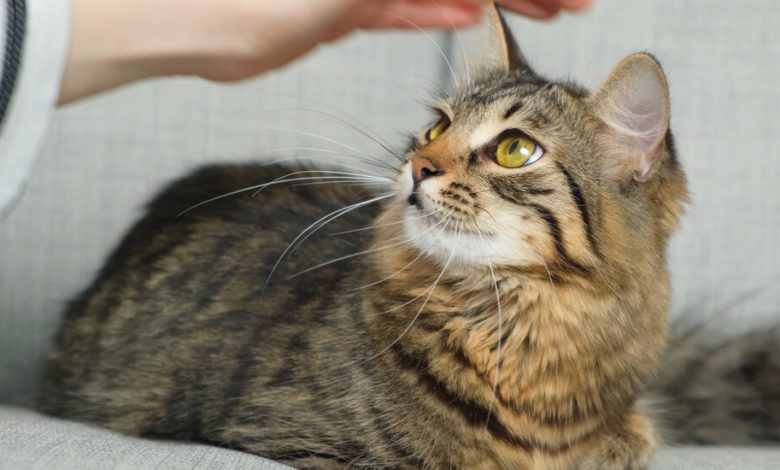It’s the Cat’s Meow but You Just Don’t Understand

What is the meaning of a cat’s meow that grows louder and louder? Or your pet’s sudden flip from softly purring as you stroke its back to biting your hand?
It turns out these misunderstood moments with your cat may be more common than not. A new study by French researchers, published last month in the journal Applied Animal Behaviour Science, found that people were significantly worse at reading the cues of an unhappy cat (nearly one third got it wrong) than those of a contented cat (closer to 10 percent).
The study also suggested that a cat’s meows and other vocalizations are greatly misinterpreted and that people should consider both vocal and visual cues to try to determine what’s going on with their pets.
The researchers drew these findings from the answers of 630 online participants; respondents were volunteers recruited through advertisements on social media. Each watched 24 videos of differing cat behaviors. One third depicted only vocal communication, another third just visual cues, and the remainder involved both.
“Some studies have focused on how humans understand cat vocalizations,” said Charlotte de Mouzon, lead author of the study and a cat behavior expert at the Université Paris Nanterre. “Other studies studied how people understand cats’ visual cues. But studying both has never before been studied in human-cat communication.”
Cats display a wide range of visual signals: tails swishing side to side, or raised high in the air; rubbing and curling around our legs; crouching; flattening ears or widening eyes.



